What are the products obtained upon the ozonolysis of 2−Methyl propene ?
The correct Answer is:A, B
To determine the products obtained from the ozonolysis of 2-methylpropene, we can follow these steps:
Step 1: Identify the structure of 2-methylpropene
2-methylpropene is an alkene with the following structure:
CH3−C(CH3)=CH2
This can also be represented as:
(CH3)2C=CH2
Step 2: Understand the ozonolysis process
Ozonolysis is a reaction where ozone (O₃) reacts with alkenes to cleave the double bond, forming ozonides as intermediates. The ozonides can then be further reduced to yield carbonyl compounds (aldehydes or ketones).
Step 3: Draw the ozonide intermediate
When 2-methylpropene undergoes ozonolysis, it forms an ozonide. The ozonide structure for 2-methylpropene can be represented as:
CH3−C(O)−CH2−O−C(O)−CH3
Step 4: Perform reductive cleavage
In the presence of a reducing agent (like zinc in acetic acid), the ozonide undergoes reductive cleavage. This will yield:
- One molecule of propanone (also known as acetone), which has the structure:
CH3−C(O)−CH3
- One molecule of formaldehyde (HCHO).
Step 5: Write the final products
Thus, the products obtained from the ozonolysis of 2-methylpropene are:
1. Propanone (acetone)
2. Formaldehyde
Final Answer
The products obtained upon the ozonolysis of 2-methylpropene are propanone (acetone) and formaldehyde.
---
2-methylpropene is an alkene with the following structure:
CH3−C(CH3)=CH2
This can also be represented as:
(CH3)2C=CH2
Ozonolysis is a reaction where ozone (O₃) reacts with alkenes to cleave the double bond, forming ozonides as intermediates. The ozonides can then be further reduced to yield carbonyl compounds (aldehydes or ketones).
When 2-methylpropene undergoes ozonolysis, it forms an ozonide. The ozonide structure for 2-methylpropene can be represented as:
CH3−C(O)−CH2−O−C(O)−CH3
In the presence of a reducing agent (like zinc in acetic acid), the ozonide undergoes reductive cleavage. This will yield:
- One molecule of propanone (also known as acetone), which has the structure:
CH3−C(O)−CH3
- One molecule of formaldehyde (HCHO).
Thus, the products obtained from the ozonolysis of 2-methylpropene are:
1. Propanone (acetone)
2. Formaldehyde
The products obtained upon the ozonolysis of 2-methylpropene are propanone (acetone) and formaldehyde.
Topper's Solved these Questions
- BOOK - ALLENCHAPTER - ALKENE, ALKANE & ALKYNE EXERCISE - EXERCISE-399videos
ALKENE, ALKANE & ALKYNE
- BOOK - ALLENCHAPTER - ALKENE, ALKANE & ALKYNE EXERCISE - EXERCISE-4(A)10videos
ALKENE, ALKANE & ALKYNE
- BOOK - ALLENCHAPTER - ALKENE, ALKANE & ALKYNE EXERCISE - EXERCISE-1119videos
ALKENE, ALKANE & ALKYNE
- BOOK - ALLENCHAPTER - AIIMS 2019EXERCISE - CHEMISTRY40videos
AIIMS 2019
- BOOK - ALLENCHAPTER - ALKYL AND ARYL HALIDEEXERCISE - EXERCISE-05 (B)35videos
ALKYL AND ARYL HALIDE
Similar Questions
Knowledge Check
- Question 1 - Select One
What are the products obtained from the following reaction?
 A
A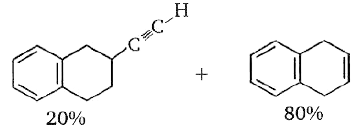 B
B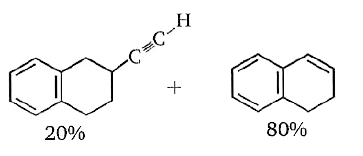 C
C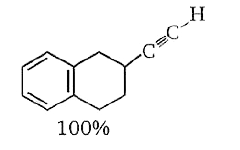 D
D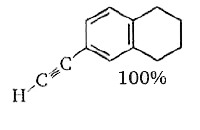
Write IUPAC names of the products obtained by the ozonolysis of the 2-ethylbut-1-ene compound.
View SolutionName the products obtained on the reductive ozonolysis of 2-methylbut-2-ene.
View Solution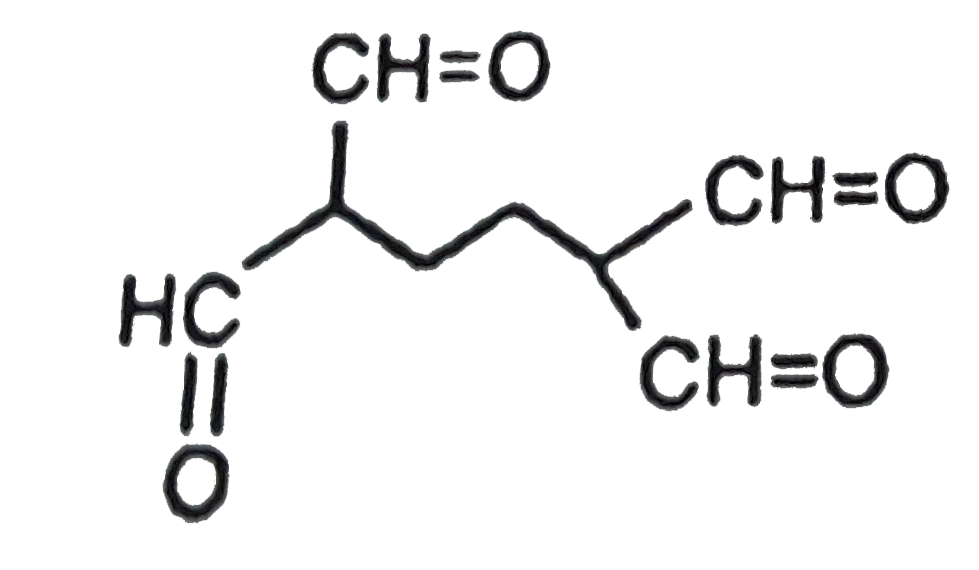 can be obtained by ozonolysis of -View Solution
can be obtained by ozonolysis of -View SolutionWrite IUPAC names of the products obtained by the ozonolysis of the 3,4-dimethylhept-3-ene compound.
View SolutionWrite IUPAC names of the products obtained by the ozonolysis of the 1-phenylbut-1-ene compound.
View SolutionWhat is the product obtained in the following reaction
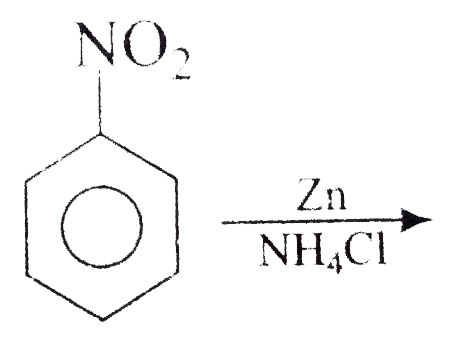 View Solution
View SolutionPredict the product of reaction of
ozonolysis of ethylene.View Solution

